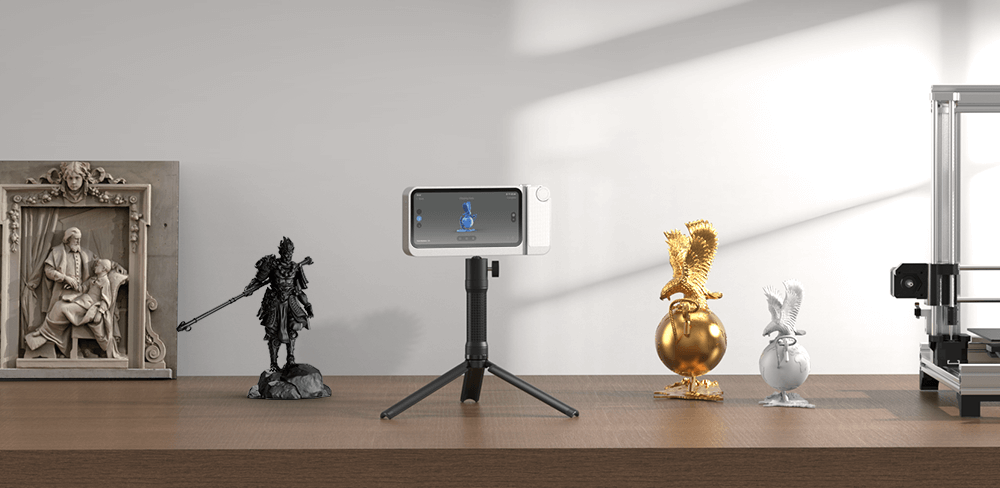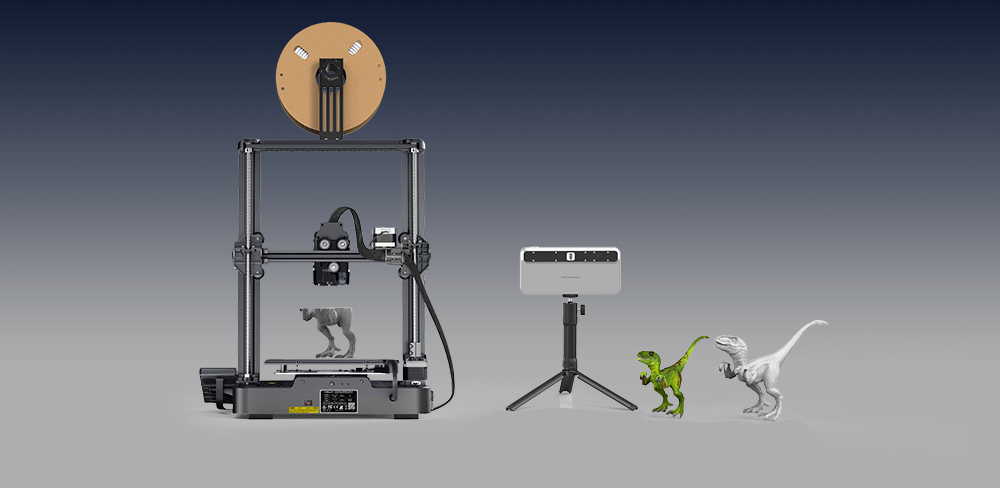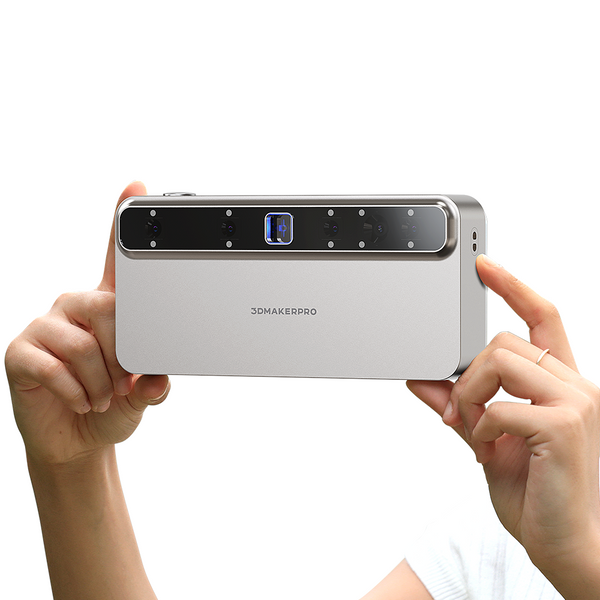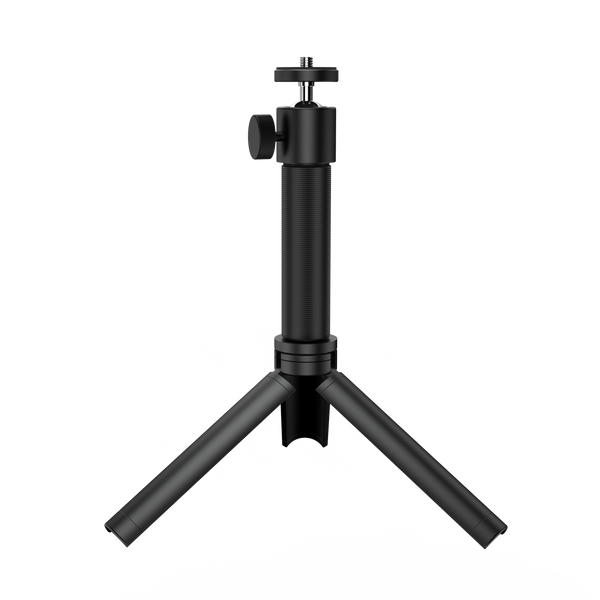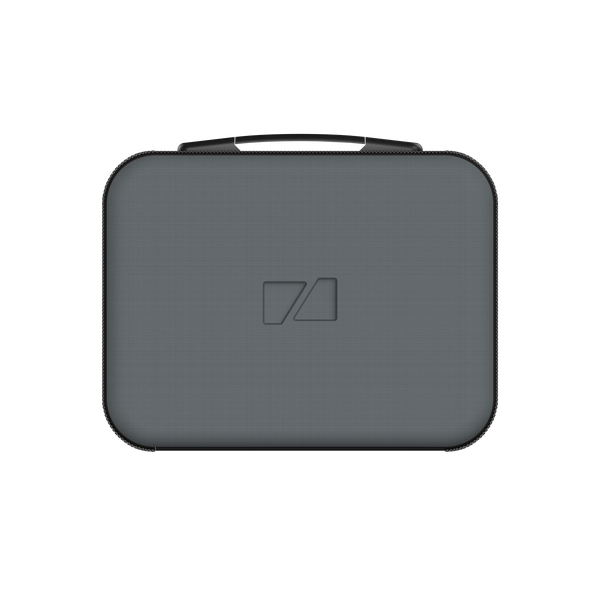In recent years, 3D printing has revolutionized the manufacturing landscape, transforming how products are designed and produced. From rapid prototyping to bespoke creations, 3D printing offers a myriad of possibilities. This article delves into the definition of 3D printing, the classification of 3D printer file formats, and the significant advantages that 3D scanners bring to this innovative technology.
What is 3D Printing?
3D printing, also known as additive manufacturing, is a process that creates three-dimensional objects by layering materials based on digital models. Utilizing computer-aided design (CAD), 3D printers can produce complex shapes and structures that traditional manufacturing methods may struggle to achieve. The technology has applications across various fields, including aerospace, medicine, automotive, and consumer goods, enabling rapid prototyping, custom parts, and even medical implants.
Classification of 3D Printing File Formats
Selecting the correct file format is crucial for a successful 3D printing process. Here are the main classifications of 3D printer file formats:
1. STL (Stereolithography)
STL is the most widely recognized file format in 3D printing. It represents 3D models using a series of triangular facets, making it a simple and effective option for many printers. Although STL files do not support color or texture information, their compatibility with a vast array of 3D printers and software makes them a standard choice in the industry.
2. OBJ (Wavefront Object)
The OBJ file format is a more versatile option that supports not only 3D geometry but also color and texture details. This makes it an excellent choice for complex models where visual fidelity is essential. If your 3D scanner captures intricate details, exporting an OBJ file ensures that these features are preserved for high-quality printing.
3. AMF (Additive Manufacturing File Format)
AMF is an advanced file format that overcomes some of the limitations of STL. It allows for the inclusion of multiple materials, colors, and textures, making it ideal for highly detailed objects. For designers and engineers requiring precision and complexity in their models, AMF provides a richer palette for 3D printing.
Advantages of 3D Scanners in 3D Printing
3D scanners play a vital role in enhancing the 3D printing process. The advantages of using 3D scanners include:
1. High Accuracy and Detail
3D scanners excel at capturing fine details with remarkable precision, making them invaluable across various applications. This high level of accuracy ensures that the final 3D-printed object closely resembles the original item, preserving even the smallest features that define its uniqueness. Whether dealing with tiny mechanical components or intricate sculptures, 3D scanning guarantees that every nuance is faithfully reproduced. This capability is crucial for both aesthetic fidelity and functional accuracy, particularly in fields like engineering and art restoration, where precision is essential.
The Toucan 3D Scanner embodies this accuracy with its versatile features, including continuous handheld, photo, and table scanning options. It features four 3D cameras and a high-resolution 48 MP RGB camera, utilizing dual-lens imaging to generate seven photos per frame. With a blue laser structured light source (Class 1/Class 3R), it achieves remarkable single-frame accuracy of ≤ 0.03mm for small objects and ≤ 0.10mm for larger ones, all while ensuring eye safety. Compact and lightweight at 200×93×37.5 mm and 735g, the Toucan combines portability with high-end capabilities, making it an exceptional tool for precise 3D scanning.
2. Time Efficiency
Creating 3D models from scratch can be a labor-intensive and time-consuming task, often requiring advanced skills in CAD software. 3D scanners significantly streamline this workflow by rapidly capturing data and producing usable 3D printer file formats, effectively lightening the burden on designers. This efficiency allows them to focus on creativity and innovation, spending more time refining concepts and exploring new possibilities instead of getting bogged down in intricate modeling tasks.
The Toucan 3D Scanner further enhances time efficiency with its impressive scanning range of 135×185 mm to 1000×750 mm and a working distance of 200–1000 mm, making it versatile for various project sizes. With a scanning speed of up to 15 frames per second, this all-in-one scanner expedites the scanning process. Powered by an 8-core 2.4 GHz CPU and a Mali-G52 GPU, it not only facilitates rapid scanning but also enables quick model processing and color imaging, ultimately generating highly realistic 3D models efficiently. Whether for professional applications or personal projects, the Toucan 3D Scanner provides users with the essential tools needed to streamline their workflow and significantly boost productivity.
3. Versatility across Applications
3D scanning technology showcases impressive versatility, with applications spanning a wide array of industries, including manufacturing, healthcare, art preservation, and education. Whether you’re replicating a cherished object, capturing existing structures, or prototyping industrial components, the adaptability of 3D scanning empowers users to explore innovative solutions and unlock new avenues for creativity and efficiency in their respective fields.
The Toucan 3D Scanner exemplifies this versatility with its full-frame scanning capabilities, enabling it to accommodate a diverse range of subjects—from tiny insects to large vehicles. Its outstanding performance extends across multiple sectors, including medical imaging, where it aids in creating detailed anatomical models, and structural engineering, where it provides accurate measurements and evaluations of various constructions. The Toucan's capacity to handle such a wide variety of applications not only enhances its value but also highlights the transformative potential of 3D scanning technology across different domains.
4. Simplified Replication and Customization
3D scanning revolutionizes the replication of existing objects, providing an ideal solution for restoration projects and bespoke creations. By digitizing objects, creators can effortlessly modify or enhance scanned models, tailoring designs to meet specific needs and preferences while elevating both functionality and aesthetics.
The Toucan 3D Scanner, in conjunction with JM Studio software, streamlines the processing of these models. Users can easily refine their scans by removing noise, merging multiple scans, applying color imaging, and generating high-quality models. Additionally, the software supports exporting in a variety of formats, including STL, OBJ, PLY, and RSCAN, ensuring compatibility with diverse applications and workflows.
5. Enhanced Collaboration
In collaborative environments, such as product design teams and educational institutions, 3D scanning significantly enhances communication and idea sharing. Teams can swiftly share scanned models, facilitating real-time feedback and brainstorming sessions that ensure all members are aligned on concepts. This collaborative approach not only streamlines the design process but often leads to innovative solutions and improved project outcomes.
Online models are readily accessible for browsing and saving, allowing users to easily modify and refine them using the powerful model editing software, Geomagic Wrap for 3DMaker Pro. This capability enhances collaborative data processing, enabling team members to work together seamlessly. Furthermore, users can export their finalized designs directly to slicing software, ready to be sent to a 3D printer using compatible 3D printer file formats for production. This end-to-end workflow ensures that ideas are quickly transformed into tangible results, empowering teams to achieve their creative visions efficiently.
Conclusion
In conclusion, 3D printing is a transformative technology that is reshaping various industries, and the choice of file format is pivotal in ensuring successful outcomes. The integration of 3D scanners adds substantial value by enhancing accuracy, increasing efficiency, and fostering versatility in projects. Whether you are a hobbyist, a professional designer, or an engineer, leveraging the capabilities of 3D scanning will empower you to realize your creative visions. Happy scanning and printing!


